Sunlight Photography: Mastering the Art of Natural Light

July 15, 2025
Let’s talk about one of the most underrated skills in photography: working with sunlight. I don’t mean just being outside and hoping for the best — I’m talking about really seeing the light, understanding what it’s doing, and using it to tell a story. Because sunlight photography isn’t just a technical choice. It’s an art form.
As photographers, we get so used to relying on gear — presets, modifiers, flashes, reflectors — but the sun? She’s free. She’s powerful. And if you learn how to work with her instead of fighting against her, your work levels up in ways editing can’t fake.
Sunlight changes constantly — hour to hour, season to season — and it shapes everything: color, mood, shadows, texture. Learning to read light is like learning to read emotion. So today, I’m diving into five of the most common sunlight scenarios, how to use them to your advantage, and why each one deserves a place in your storytelling toolkit.
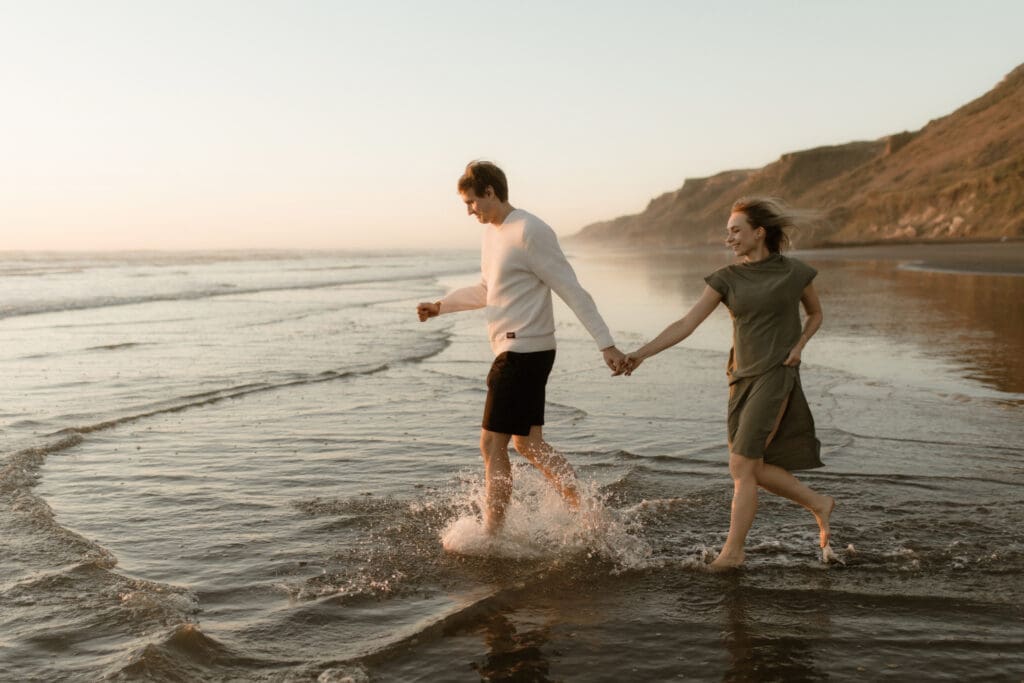
Image by Nectar Photography
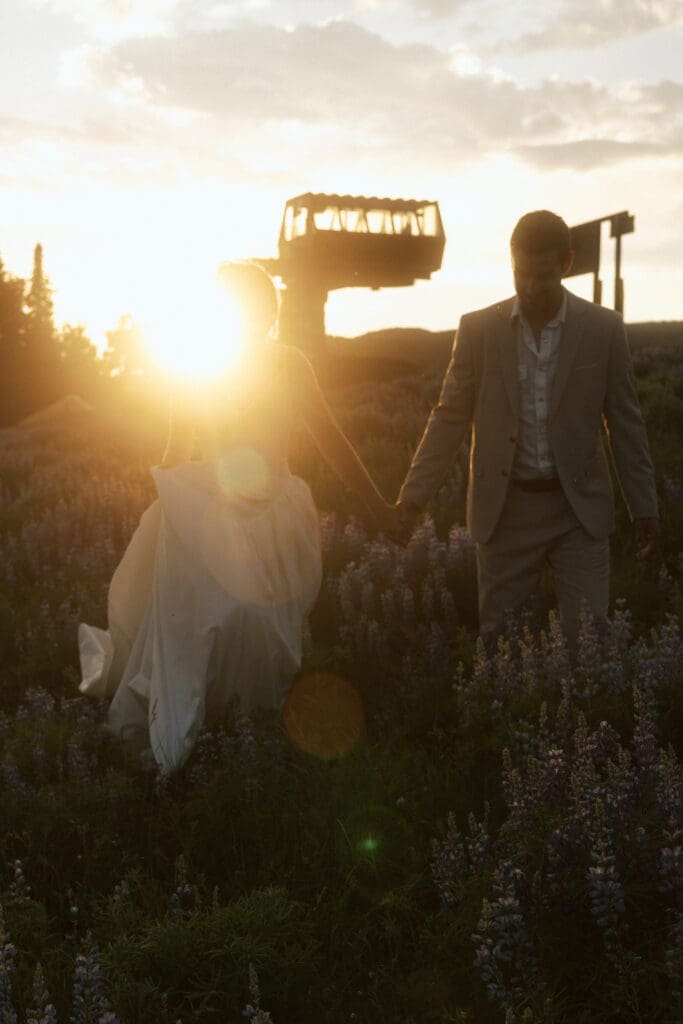
Image by Westward Up
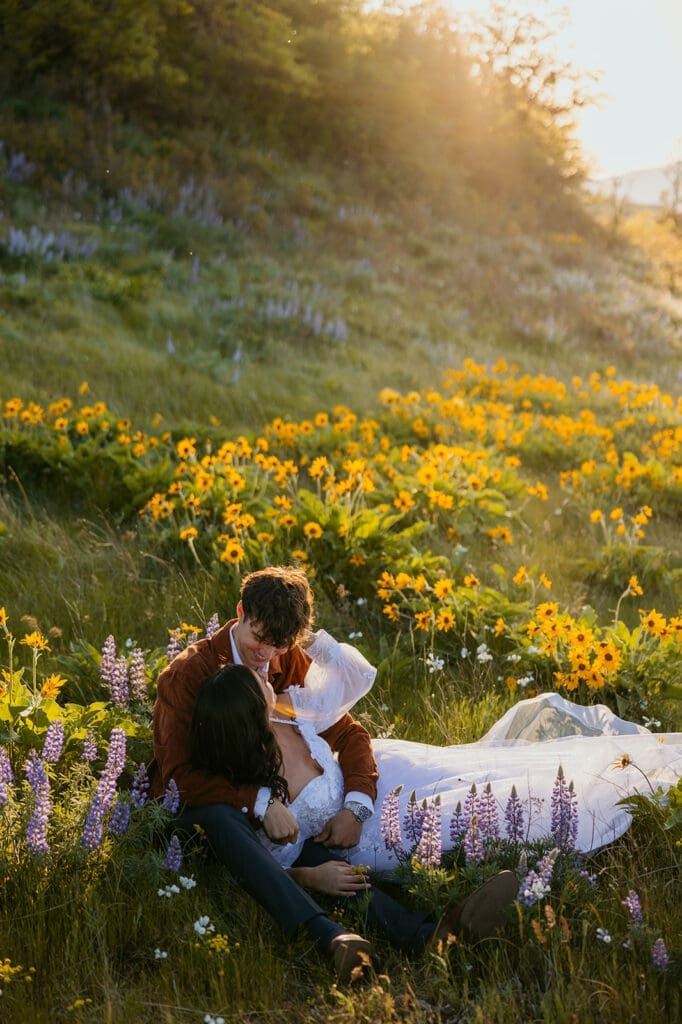
Image by Aspen Birch
Golden Hour: That Warm, Cinematic Glow
Golden hour has become almost a buzzword at this point, but for good reason. That window of time just after sunrise and just before sunset is when sunlight is soft, directional, and bathed in a warm, golden tone that flatters everything it touches. Skin tones feel buttery, shadows stretch gently across the frame, and there’s this quiet, cinematic romance to the way it all feels.
This kind of light is a dream for movement — hair catching the light, silhouettes dancing in frame, even dust in the air becomes part of the story. You can position your couple or subject with the sun at their back to get that halo glow, or swing around to shoot with the light and emphasize warmth and contrast. The best part? Golden hour light adds emotional weight to a photo without any added effort. It just feels like a memory.
But it’s fleeting. You get maybe 45 minutes tops, and it changes quickly. So the key here is preparation. Know where the sun will dip. Scout your location in advance. And then — let go. Let the light lead. You don’t have to over-pose or overthink. Just watch how it falls, and follow the glow.
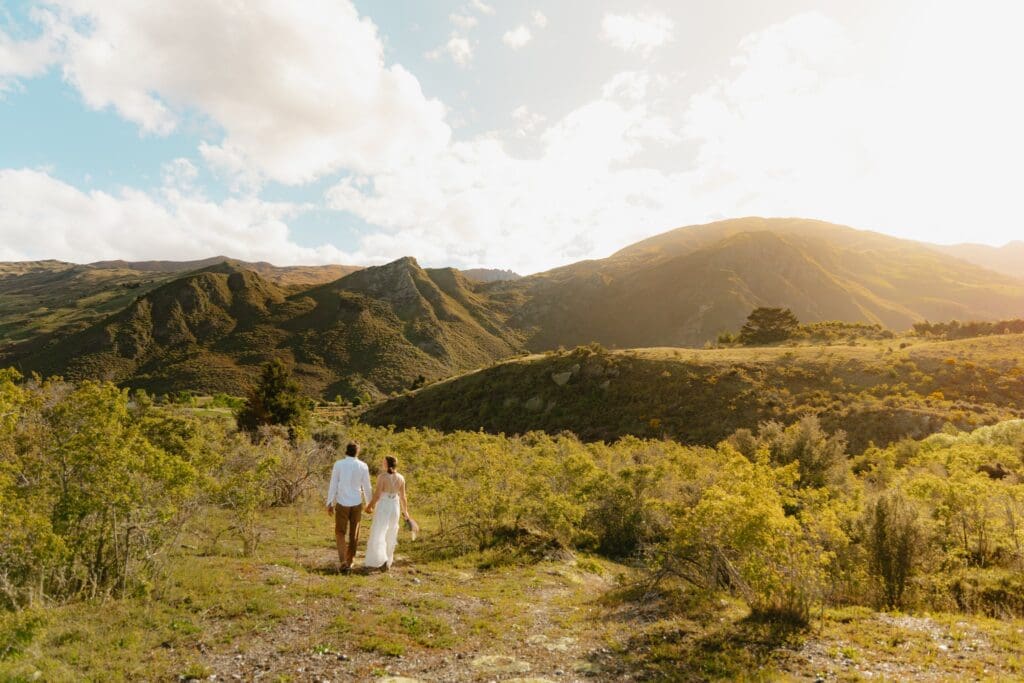
Image by Chaznel Photography
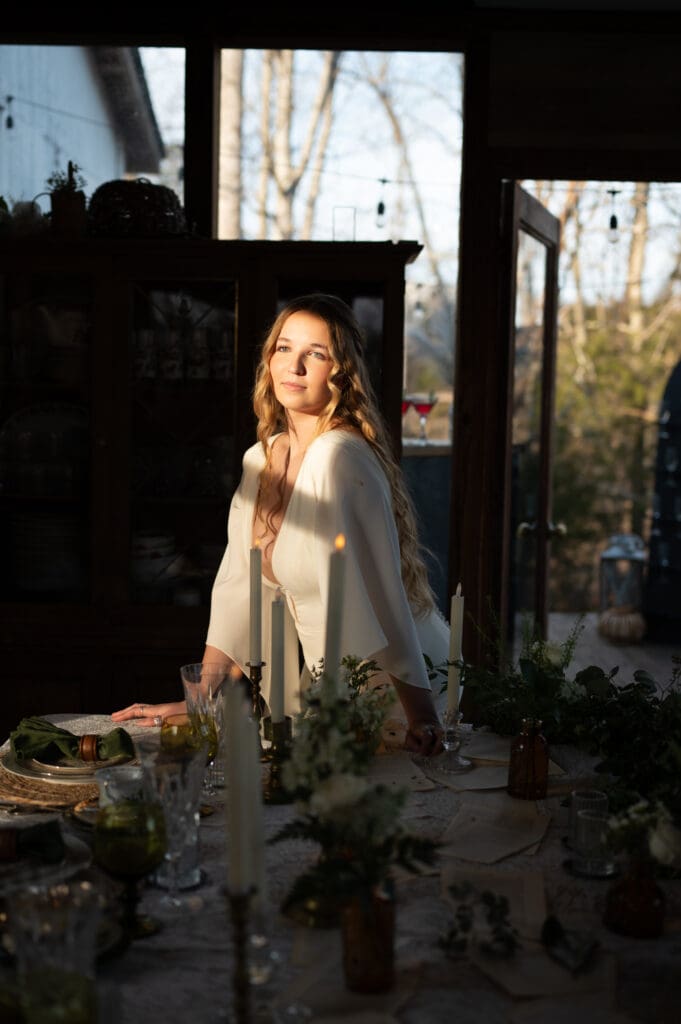
Image by Wilde Garland Photography
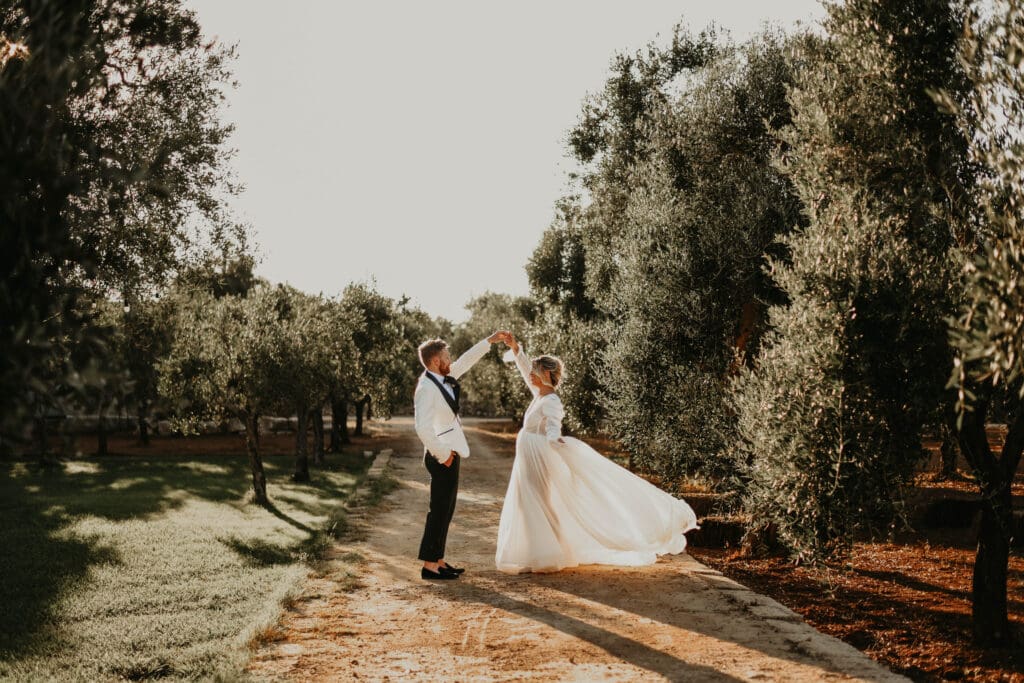
Image by Dominique Phillips Photography
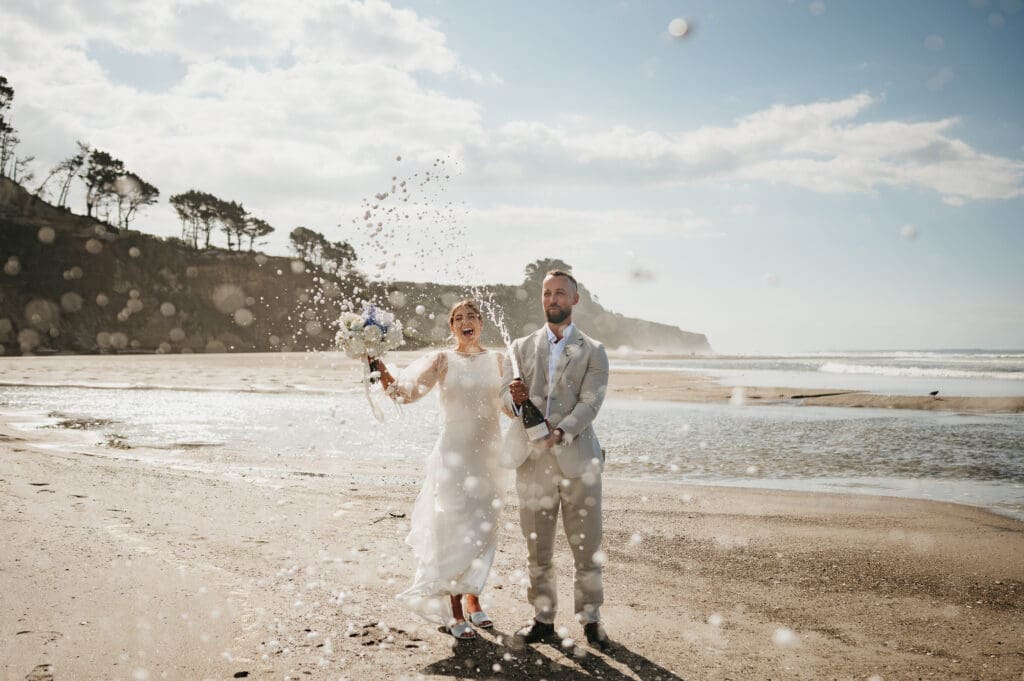
Image by Fluro Grey
Midday Sun: Harsh, Bold, and Beautiful (Yes, Really)
Midday light gets a bad rap. Most photographers avoid it like the plague, running for the shade as soon as the clock hits noon. And while it’s true that overhead sun can be harsh, contrasty, and a little unpredictable — it’s also a tool that, when used right, delivers boldness and clarity that golden hour just can’t.
Shooting in direct midday sun adds drama. It’s graphic. Think deep shadows under chins, high contrast across landscapes, and vibrant, punchy color. It’s the kind of light that feels alive — unfiltered, raw, and honest. This is the time to lean into structure and shape. Let the shadows fall. Play with geometry. Get weird with it.
If you’re photographing people, you might need to get strategic — placing your subject so they’re partially shaded by a hat or veil, or using nearby architecture to break up the light. But don’t be afraid of the harshness. Sometimes, it creates exactly the kind of grit and attitude the image needs. It’s not soft and romantic — it’s bold and unapologetic. And there’s room for both.
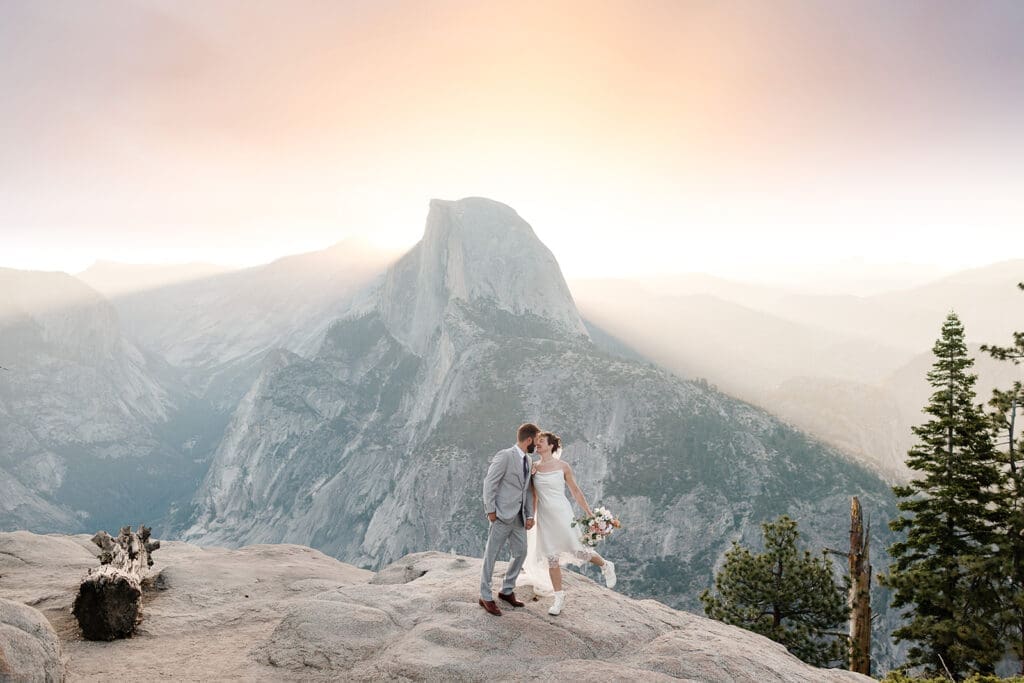
Image by Love Wildly
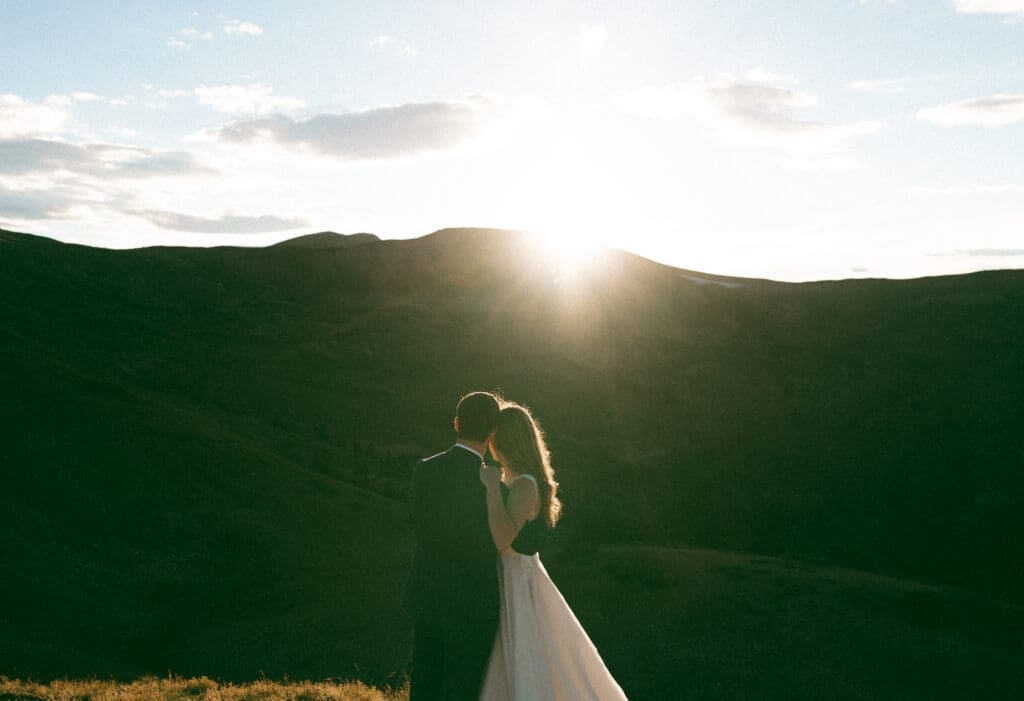
Image by Anna Harrington Photography
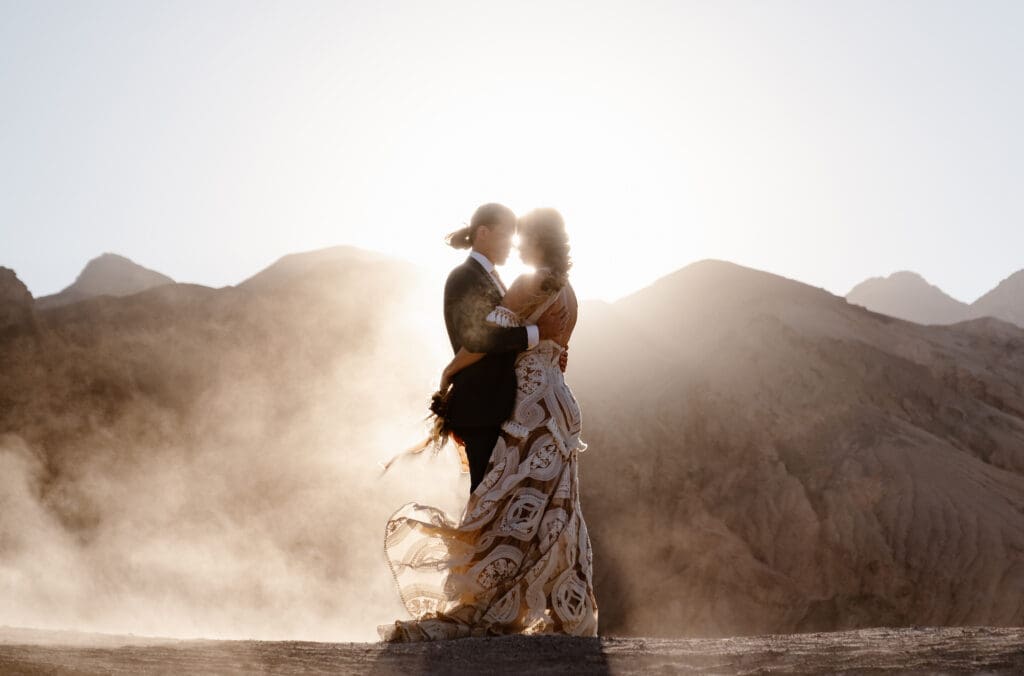
Image by Karen Agurto Photography
Backlighting: That Dreamy, Glow-From-Within Vibe
There’s something kind of magical about backlighting. When the sun is behind your subject — especially during golden hour or late afternoon — the light wraps around everything like it’s glowing from within. You get that ethereal, halo effect around hair and outlines, and the background melts into a haze of warmth and softness.
Backlighting is all about emotion. It works especially well with movement — wind in the hair, a couple walking through a field, or a hand trailing through tall grass. It softens harsh lines and turns ordinary scenes into something cinematic.
Technically, it can be tricky. You’ll often need to slightly overexpose your subject to avoid losing them in silhouette. Watch your histogram and trust your LCD more than your viewfinder. Lens flare becomes part of the game here too — sometimes you want it, sometimes you don’t. A hand, a tree, or even your subject’s head can help block just enough sun to keep contrast where you want it.
But done right? Backlit photos feel like something out of a dream. It’s the kind of light that makes people feel something — even if they can’t explain why.
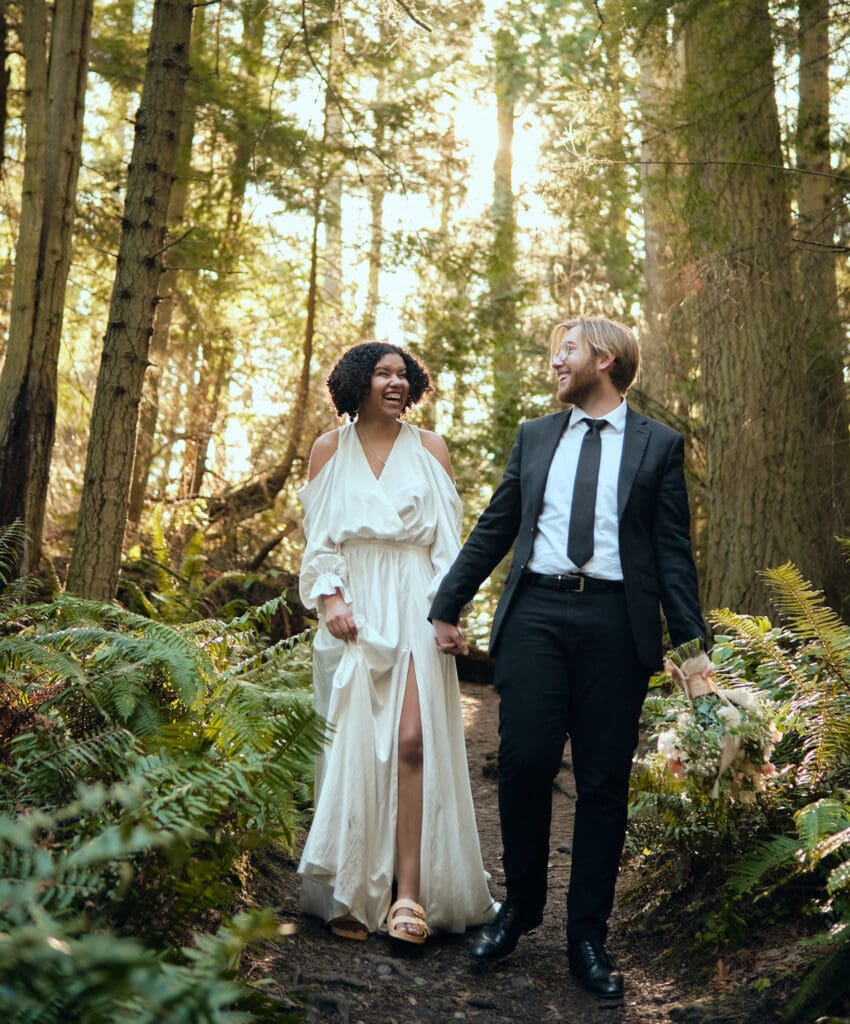
Image by Allison Haley Photography
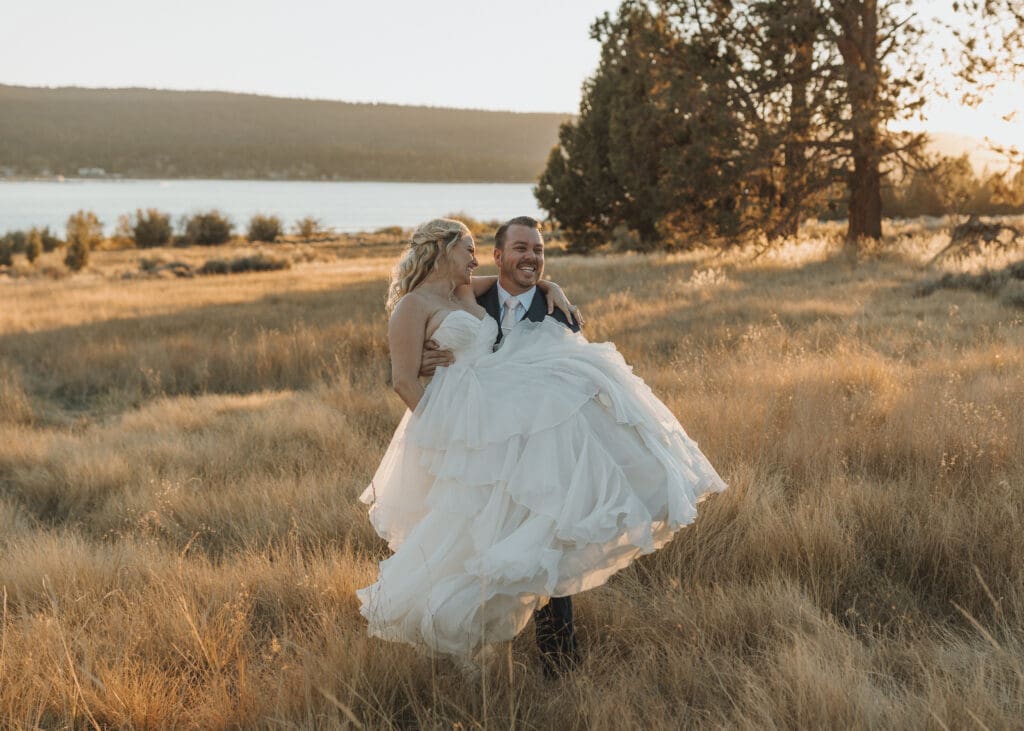
Image by Taylor Atchison Photography
Open Shade: The Underdog of Natural Light
Let’s not forget about good ol’ open shade — the light that happens when your subject is in the shade but still facing toward a bright, open source of natural light. Think: standing just inside a doorway, under a tree with a clear sky in front, or on the shady side of a building.
This kind of light is soft, even, and safe. It’s flattering on skin, easy to expose for, and ideal for when you’re shooting portraits or group shots and need consistency. There’s a reason it’s a go-to for wedding party photos or family sessions — it’s reliable and low-stress.
But just because it’s safe doesn’t mean it’s boring. The key is to keep an eye on your background. Make sure it doesn’t overpower your subject. Use the directional quality of open shade to still create depth — have your subject face toward the brightest part of the sky to get that sparkle in the eyes. And remember that what’s around you matters. Green grass or a red brick wall can bounce color casts onto skin, so be aware of your surroundings.
Open shade may not be the star of your sunlight photography reel, but it’s the steady hand — and honestly, it saves the day more often than you think.
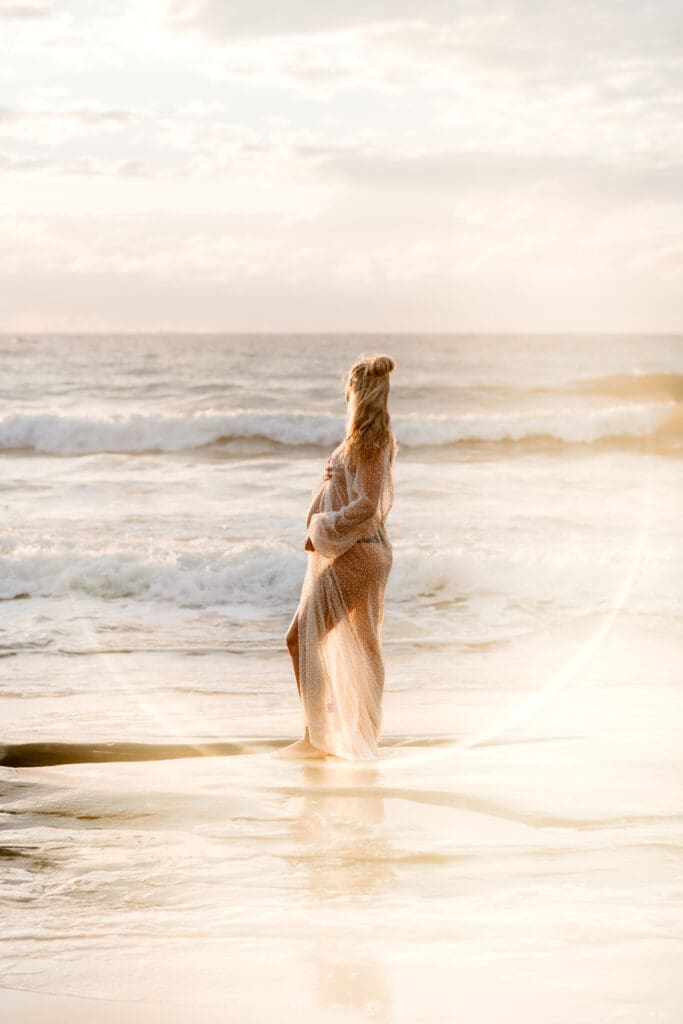
Image by Samantha Knight Photography
Playing With Sun Flares: Letting Light Get Messy
Sometimes, the most compelling images aren’t technically perfect — they’re the ones where something unexpected happens. Enter: sun flares, haze, blown highlights, and that beautiful chaos that happens when you let the sun get a little wild in your frame.
There’s an emotional honesty to flare-heavy images. They feel nostalgic, real, like a memory you’re barely holding onto. You can get intentional with this by shooting wide open, removing your lens hood, and tilting your lens just enough to let the sun hit the glass. You’ll catch rainbow flares, warm hazes, or dreamy bursts of light that make the image feel more like a feeling than a photograph.
Is it always technically correct? Nope. Does it always work? Definitely not. But when it does — when the light flares just right across your subject’s face or streaks through the lens like a beam of gold — it can elevate a simple shot into something unforgettable.
The trick here is balance. Don’t overdo it. But don’t avoid it either. Let sunlight photography be playful sometimes. Let the light lead you somewhere unexpected.
Final Thoughts: Sunlight Is a Storytelling Tool
At the end of the day, sunlight isn’t just an element to manage — it’s one of your strongest storytelling allies. Once you stop chasing perfect light and start reading the light that’s already there, you begin to see the world (and your photos) differently.
You realize that harsh light has something to say. That soft light wraps around emotions like a warm blanket. That flare, shadow, and glow are all part of the language. And the best part? No two moments of sunlight are ever the same.
Sunlight photography is about curiosity. About paying attention. About learning to trust what your eyes (and gut) are telling you.
So next time you’re out shooting, pause for a second. Look at how the light is falling. Ask yourself what kind of story it wants to tell.
Then shoot.
#sunlightphotography #naturalightphotographer #shootwithsunlight #goldenhourphotography
Be the first to comment